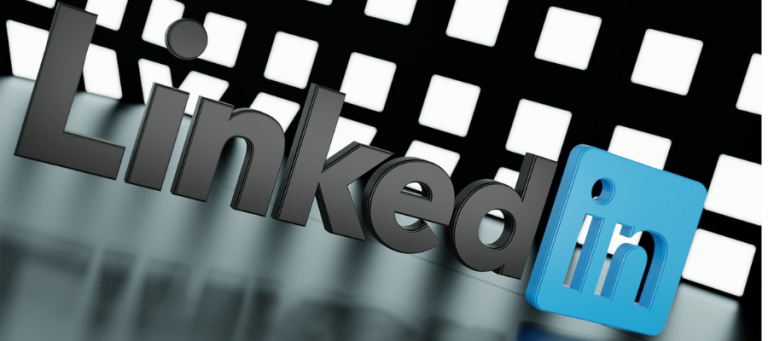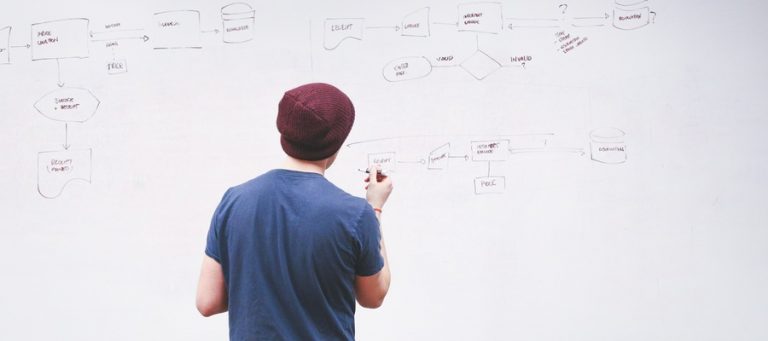How Social Media Marketing & Paid Advertising Work to Boost Web Traffic
Despite the advent of new technologies, it’s getting harder to reach consumers. Not because they aren’t connected. It’s quite the opposite. Consumers are so connected that the large audience you want to reach is now fragmented, spread thin across numerous digital channels. For brands hoping to reach their audience online, they’re faced with two choices: optimize their content so that it ranks organically or invest in paid advertising. Or perhaps, a little of both.
Does organic reach even still exist?
Great question. The better question is, however, how effective are your marketing campaigns at maximizing organic reach. Take social media, for example. Like search engines, social media platforms want to give users the absolute best experience possible. So, they’re constantly updating their algorithms to accomplish this goal. In a 2014 open letter, Facebook explains the changes to the News Feed that reprioritizes the content user see. Consequently, brands connecting with fans on Facebook saw their organic reach plummet.
But it’s not just social media. Search engines also want to deliver the most relevant results for their users. They’re constantly updating their algorithms as well to accommodate the changing demands of a very diverse consumer base. Google, for example, is gearing up to release its new mobile first index to improve results for consumers searching on mobile.
With all the flux, brands hoping to get their content seen online are scrambling, desperately trying to find the right combination to attract more traffic online.
But the reality is, boosting organic reach is hard. Even when you follow all the rules – using keywords wisely, posting frequently, optimizing your images – there are still no guarantees.
The benefits of social media marketing and SEO
A healthy combination of both social media marketing and SEO is one of two ways you can help boost organic traffic to your website. Promoting content through your social media channels helps drive traffic to your site (if readers click through so make it good) and the more traffic you funnel to your website, the higher your website’s visibility will be.
It’s important to diversify the content you share on social media. Share a link to your new blog or upload a video. Or consider a live video stream of engaging commentary. Also consider the content you publish to your website. Can you embed a YouTube video or add user reviews?
The benefits of Paid Advertising
To fill in the gaps, consider building a budget for paid advertising. While a social media and SEO will help stimulate organic traffic, an effective marketing strategy contains a good mix of both organic and paid advertising tactics. Here are just a couple of examples:
Pay Per Click
Pay per click, a commonly used online advertising tool, works exactly as it sounds. You pay when a user clicks on the ad. Google AdWords is one of the most well-known sources of PPC ads. With options to create ads that appear in search results, on YouTube, or across the entire Google network, AdWords is very targeted and helps drive website traffic where you want it to go – to your website.
PPC ads also appear on social media channels, like Facebook.
Facebook Marketing
Most social media platforms have some form of advertising platform – Twitter’s promoted tweets, Pinterest promoted Pins, and LinkedIn’s sponsored posts, for example. But Facebook’s Ads Manager is perhaps the most widely used by small business. Setting up a Facebook Business account gives you access to a wide range of marketing tools to advertise your business on Facebook.
Final Thoughts
Driving traffic to your website is perhaps one of the biggest marketing challenges your business will face. Organic reach will continue to fade as more paid advertising crowds out news feeds and clogs up search pages. Create a marketing plan that uses a good mix of social media, paid, and SEO strategy to get your content in front of the right audience on the channel they expect to see it. Then watch your traffic soar.






